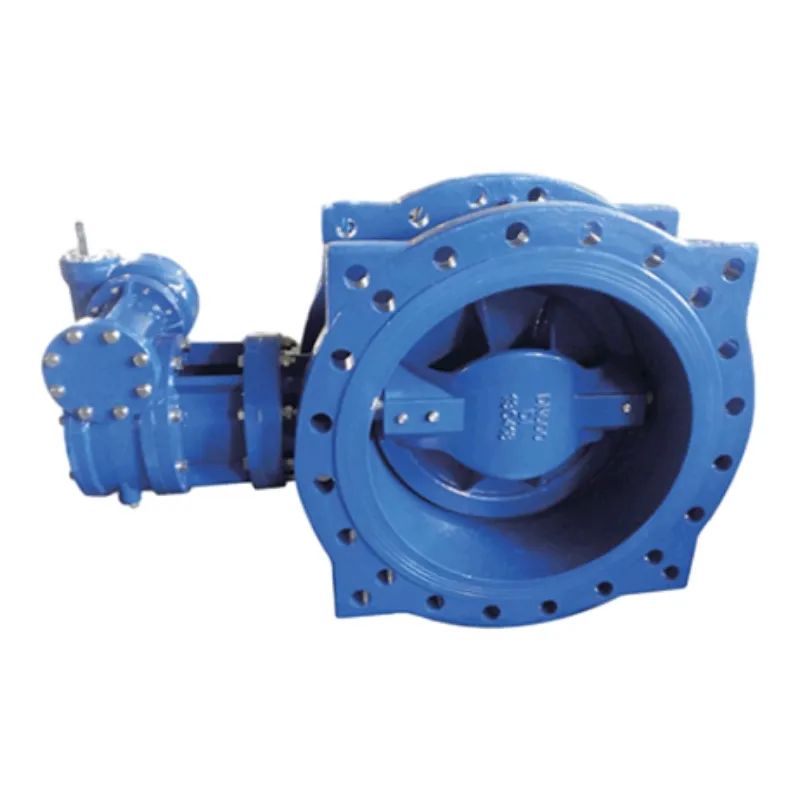نويابىر . 08, 2024 04:42 Back to list
Understanding the Functionality and Advantages of Ball Valves in Fluid Systems
Understanding Ball Valves A Comprehensive Overview
Ball valves are a critical component in countless industrial applications, known for their reliability, durability, and efficiency in controlling the flow of fluids. The essence of a ball valve lies in its design, which incorporates a spherical disc—the ball—that serves as the closure mechanism. When the valve is open, the ball is rotated so that its hole is aligned with the flow direction, allowing for fluid passage. Conversely, when it’s closed, the ball rotates to block the flow entirely. This unique mechanism makes ball valves particularly effective for on/off control in piping systems.
Design and Construction
The typical construction of a ball valve includes several key components the body, ball, stem, seats, and actuator. The body is usually made from materials such as stainless steel, brass, or plastic, chosen based on the application and media being controlled. The ball is often made from the same materials as the valve body and is precisely machined to ensure a perfect seal when closed.
The seats—typically made of elastomers or PTFE (Teflon)—cushion the ball and provide a seal. They must withstand the pressure and temperature of the fluid being handled. The stem connects the ball to the operating mechanism, which can be manual (a lever or gear) or automated (electric, pneumatic, or hydraulic actuator).
Types of Ball Valves
Ball valves come in various types, each designed for specific applications
1. Floating Ball Valves In this design, the ball is held in place by the seats and moves slightly under pressure to ensure a tight seal. They are ideal for low to moderate pressure applications.
2. Trunnion Ball Valves These valves have a fixed ball supported by trunnions (axles) at the top and bottom. This design allows the ball to handle higher pressures and larger diameters, making them suitable for applications in oil and gas industries.
3. Full Port Ball Valves With a ball that has a diameter equal to the pipeline, full port valves provide minimal flow restriction, making them efficient even at high flow rates.
4. Reduced Port Ball Valves These valves have a smaller opening, which can create a drop in pressure as fluid flows through. They are used in applications where high flow rates are not as critical.
Advantages of Ball Valves
ball valve

Ball valves offer several benefits that make them a favored choice in various applications
- Rapid On/Off Control The ball valve can establish or terminate flow almost instantly with just a quarter turn of the handle. This characteristic is particularly beneficial in processes requiring immediate control.
- Minimal Pressure Drop Especially in full port designs, ball valves maintain a straight-through flow path with minimal obstruction, leading to a lower pressure drop compared to other valve types.
- Durability and Longevity Designed for frequent use, ball valves can operate reliably for many years, provided they are appropriately selected and maintained. Their robust construction offers resistance to wear and corrosion.
- Low Maintenance The simplicity of their design means that ball valves generally require less maintenance than other types of valves. Often, they can be repaired easily without needing to remove them from the system.
Applications of Ball Valves
The versatility of ball valves allows them to be employed in a broad range of applications across various industries
- Water Treatment Used in municipal and industrial settings to control the flow of water. - Oil and Gas Essential for managing the flow of oil, natural gas, and chemicals due to their high-pressure capabilities.
- Pharmaceuticals Ideal for processes where cleanliness and sterility are paramount, as they can be easily cleaned and have no cavities for contaminants to collect.
- Food and Beverage Employed to regulate the flow of liquids in food processing, where hygiene and strict compliance with safety standards are crucial.
Conclusion
In summary, ball valves are indispensable in modern industrial systems, offering effective flow control with a high degree of reliability and efficiency. Their design features, including rapid operation, minimal pressure drop, and low maintenance requirements, make them suitable for a wide variety of applications—from water treatment to oil and gas processing. As industries continue to evolve, the role of ball valves will remain vital in ensuring the seamless flow of fluids across multiple sectors. Understanding their functionality, types, and applications can help in selecting the right valve to meet specific operational needs, thereby enhancing system performance and reliability.
Share